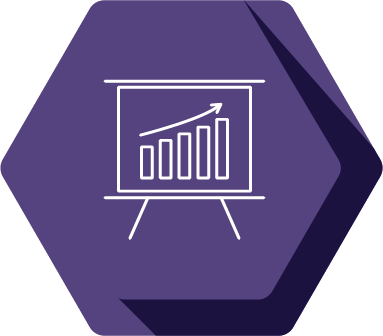Matthew Durocher

Research Mentor(s): Yuan Shi, PhD student
Research Mentor School/College/Department: Finance, Ross School of Business
Presentation Date: Thursday, April 22, 2021
Session: Session 1 (10am-10:50am)
Breakout Room: Room 20
Presenter: 2
Abstract
The topic of research concerns where SEC-licensed broker-dealers send their securities trades to be executed by financial services companies and if the payment for this order flow (PFOF) depends on the broker internalization’s market power and/or the broker-dealer’s trading volume. This research seeks to answer why certain broker-dealers send their trades to certain financial companies to execute their orders and if this reveals anything about trade practices. The SEC 606 reports that track this information are newly revised as of 2020 so this is fairly untouched public information that has had little-to-no analysis currently preformed on it. The main methodology used for data collection was simply searching through the broker-dealers websites for their 606 report which details where they send their trades to be executed and how much it costs to route orders to each firm. I tracked every broker-dealers information on an Excel spreadsheet and we will use this information to draw conclusions. We hope to find meaningful connections between broker-dealers order routing practices and the amount of market power they hold. We think there will be some connection between the amounts paid to certain companies and the amount of influence these firms have over the financial system. We don’t have any conclusions yet but we hope to start the data analysis soon. We hope to find patterns in our research that point to some conclusion on why certain companies behave the way they do with financial institutions and the implications that may have. This project hopes to shed some light on financial practices between institutions and to better explain how our financial system is structured as a whole and how much market power influences financial transactions. The results we find may help public policy makers, economists, politicians, etc., who all may use data such as this to have a basis for the functioning of our financial system.
Authors: Yuan Shi, Matthew Durocher
Research Method: Data Collection and Analysis






